Everybody with a cause, everybody angry at a country eventually ends up in front of the Federal Building on Wilshire Boulevard at Veteran Avenue, waving a poster at passing cars, hoping for a honk. It may not be the most effective form of activism, but at least it tries to reach Angelenos where we live: in our cars.
Over the past nine months, groups supporting democracy in Iran have staged at least 30 protests in front of the Federal Building — and that is just the number of gatherings for which protesters sought official permission. There have been countless smaller, impromptu protests there, spurred by the Islamic Republic’s crackdown on protesters following the disputed results of the June 2009 Iranian presidential election.
The protests grew more fervent after June 20. That’s the day a young woman named Neda Agha-Soltan was driving her Peugeot 206 through Tehran, accompanied by her music teacher and another friend, all on their way to join a peaceful protest. The car grew hot, so the three decided to stop and walk the rest of the way. As Neda was standing near a demonstration, a member of the Iranian security forces took aim with a rifle and shot her in the chest. An amateur video captured the image of Neda slumping to the ground.
Watch the videos on YouTube, as millions of people have. Neda’s last words were, “I’m burning, I’m burning!” She died en route to Tehran’s Shariati hospital. She was 27.
There is a quiet movement underway here to name the intersection at Veteran Avenue and Wilshire Boulevard in Agha-Soltan’s honor — Neda Square.
“She’s the symbol of freedom,” activist Bijan Khalili told me. “Neda has become not only an Iranian name, but an international identity.”
Khalili, a publisher and bookstore owner, has broached the idea informally with the office of City Councilman Paul Koretz, whose Fifth District encompasses the intersection. Another Persian American businessman, Joe Shooshani, has met with Koretz.
“It’s something I’m open to,” Koretz told me by phone last week. He said so far there’s been no major opposition, or major support.
The international community is talking about sanctions to convince the Iranians to halt development of a nuclear bomb. Israel and the United States are pointedly refusing to rule out the possibility of military strikes. Here and around the country, local authorities are weighing divestment and other legal means to pressure the hard-line Iranian government. This past Tuesday, Assemblymen Mike Feuer (D-Los Angeles) and Bob Blumenfield (D-Van Nuys) announced they will introduce legislation prohibiting contracts between the state of California and companies with significant business in Iran’s energy sector. Compared to all these measures, a plaque at a busy intersection doesn’t seem like much.
But it could be an important symbol — and don’t underestimate the power of a good symbol.
“At the centerpiece of political, social and cultural discussions among Iranians,” Shahla Shafiq wrote in her 2002 book, “The New Islamist Man: The Political Prison in Iran,” “is the clash between tradition and modernity, East versus West, democracy and human rights, and equality of men and women.”
Neda Agha-Soltan — a young woman, a good daughter, a protestor, a musician who performed in Teheran’s underground music scene — personified that clash. Her very existence, let alone her protest, was a direct challenge to a soul-crushing regime.
In a linked-in, digital age, far-away actions resonate. Iranians in the streets of Tehran suffer the blows and bullets, but they will know they are not alone, and the clerics and petty rulers who sanction such repression will know they are being watched.
Bijan Khalili and Joe Shooshani are Jewish, but they say Iran’s current hostility toward Israel and the threat its pursuit of nuclear weapons poses are not what drives them.
“Neda was not Jewish,” Khalili said. “She wasn’t killed by the Republican Guard because she was demonstrating against nuclear weapons, or for Israel, but because she was demonstrating against President Mahmoud Ahmadinejad. Muslims and Christians and Jews are standing on the corner at Wilshire and Veteran because the Islamic Republic is in violation of human rights — that’s the first thing.”
One aspect of the support for Neda Square that should move local politicians is the fact that the protests have brought together Angelenos of all religious and political stripes for a larger cause, one that crosses all religious and national boundaries, one that the soldiers buried in Los Angeles National Cemetery across from the Federal Building fought and died for, one that transcends politics and transcends time: liberty.
“There seems to be a lot of unity and cooperation in the community on this,” Koretz said.
Next week we will mark the 20th anniversary of the fall of the Berlin Wall. Things change, walls crumble, regimes fall — but more often than not they need a push.
Bijan Khalili believes that dedicating a busy Los Angeles intersection to the memory of one young woman who died in the name of freedom will inspire others to take up the cause.
“It gives hope to all other communities struggling for human rights as well,” he said. “And it will make the Iranian regime unhappy.”
That’s a good enough reason for me — I’ll see you at Neda Square.
Voice your support, or opposition, by e-mailing {encode=”nedasquare@jewishjournal.com” title=”nedasquare@jewishjournal.com”}.










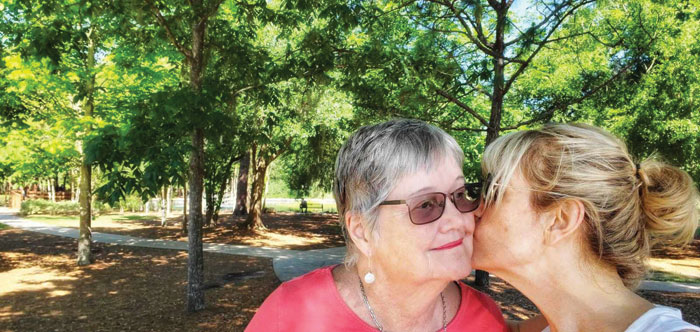
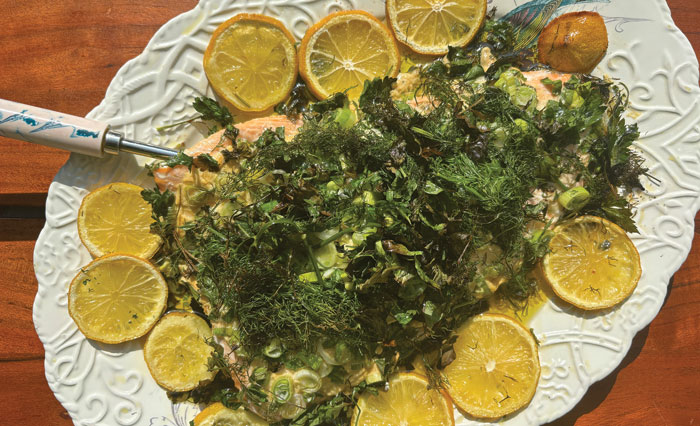
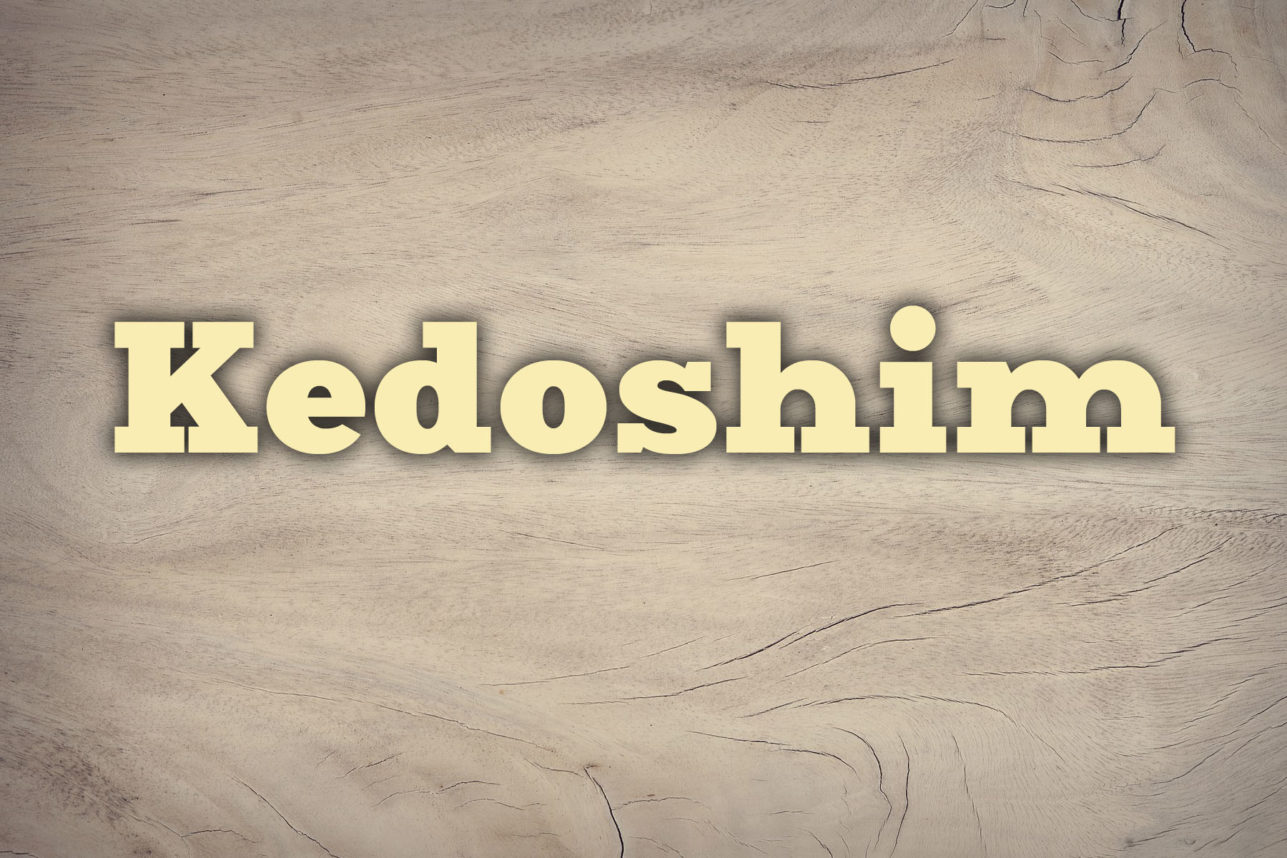
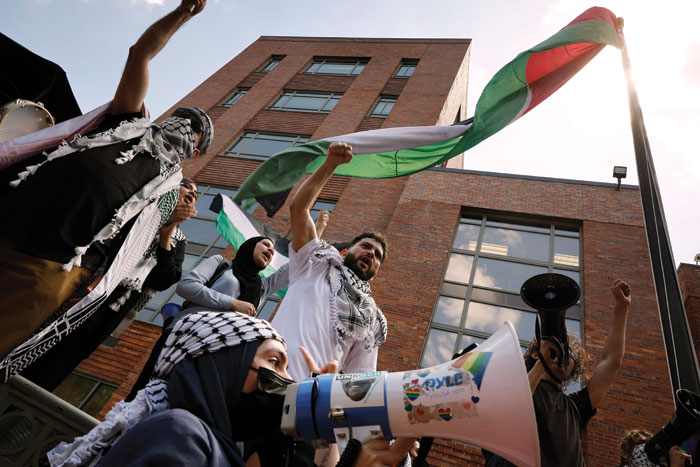
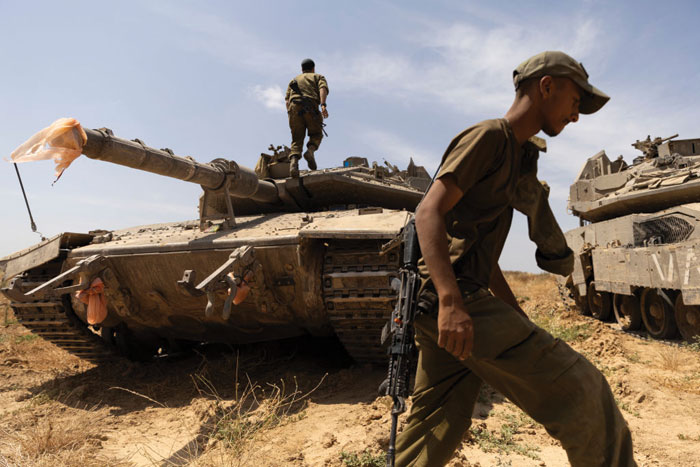
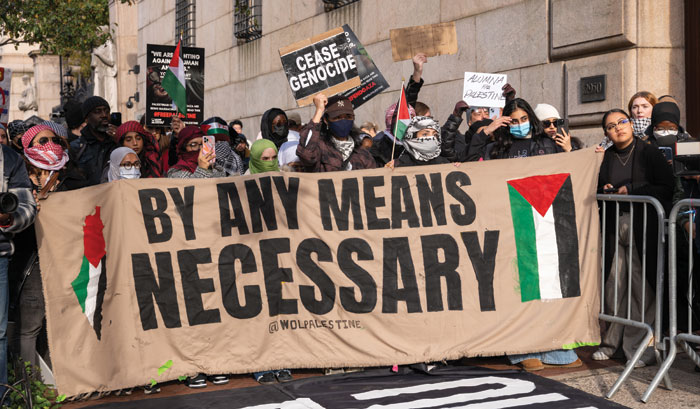
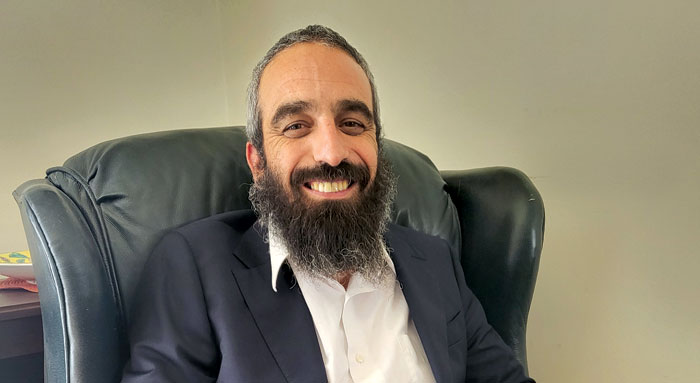
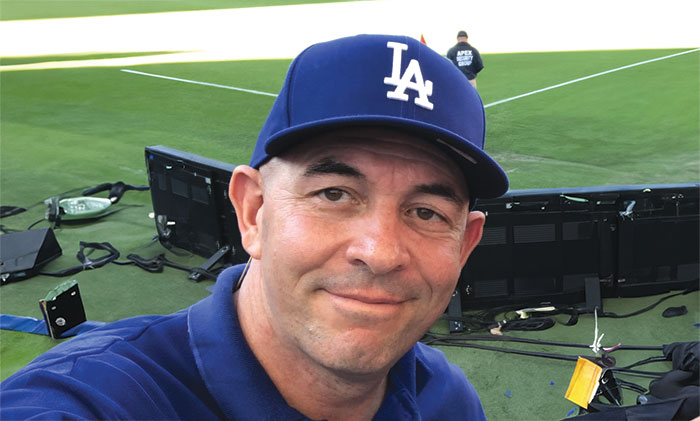





 More news and opinions than at a Shabbat dinner, right in your inbox.
More news and opinions than at a Shabbat dinner, right in your inbox.